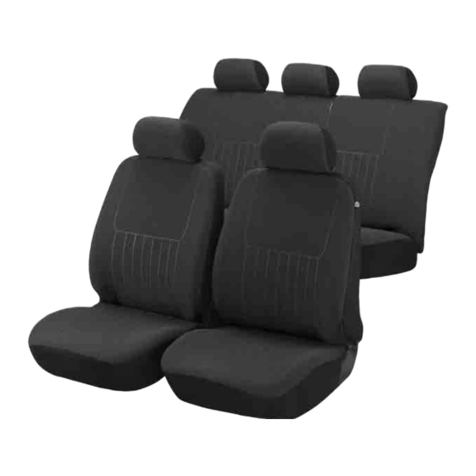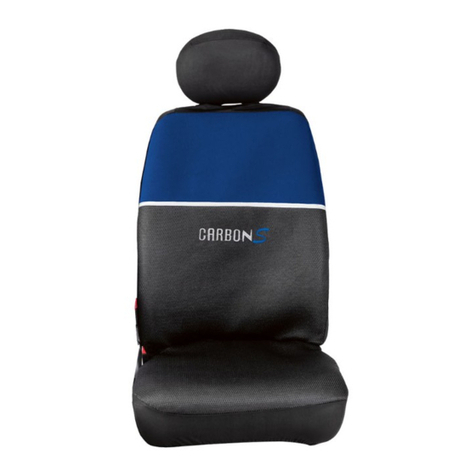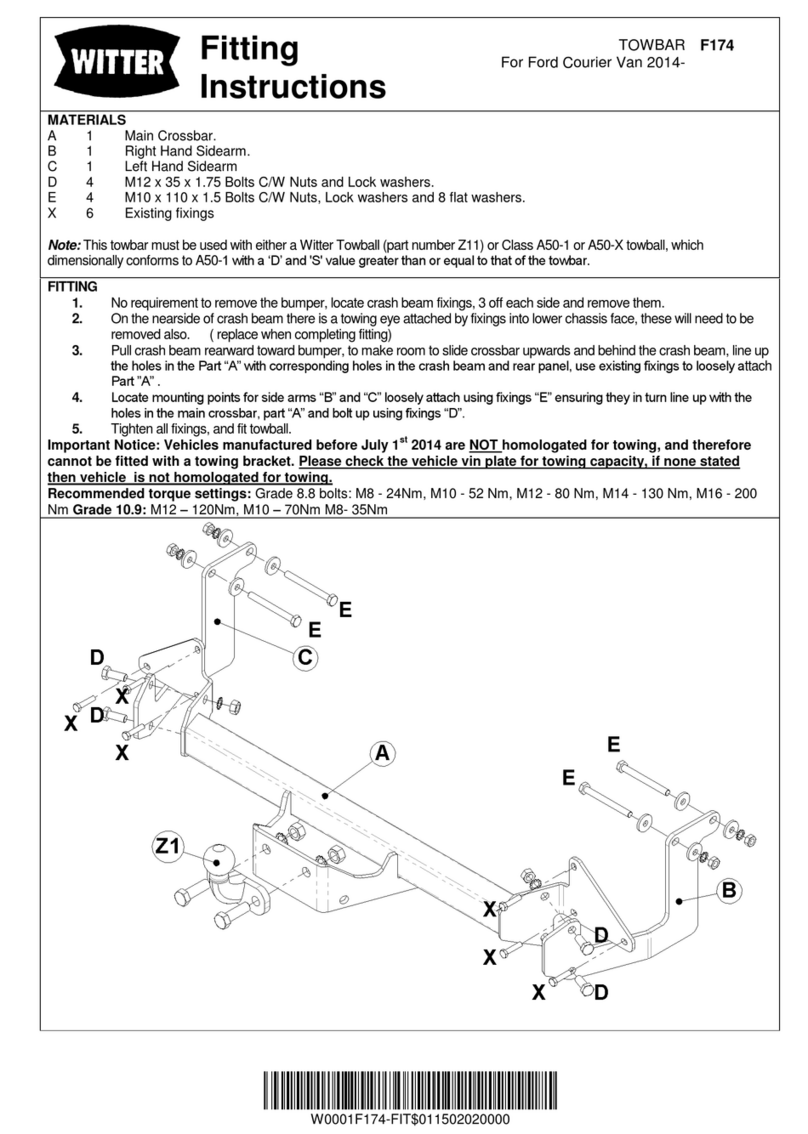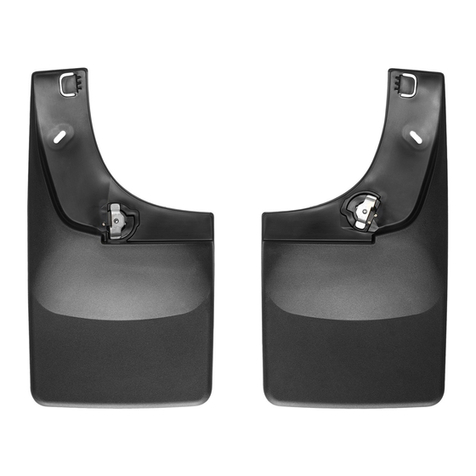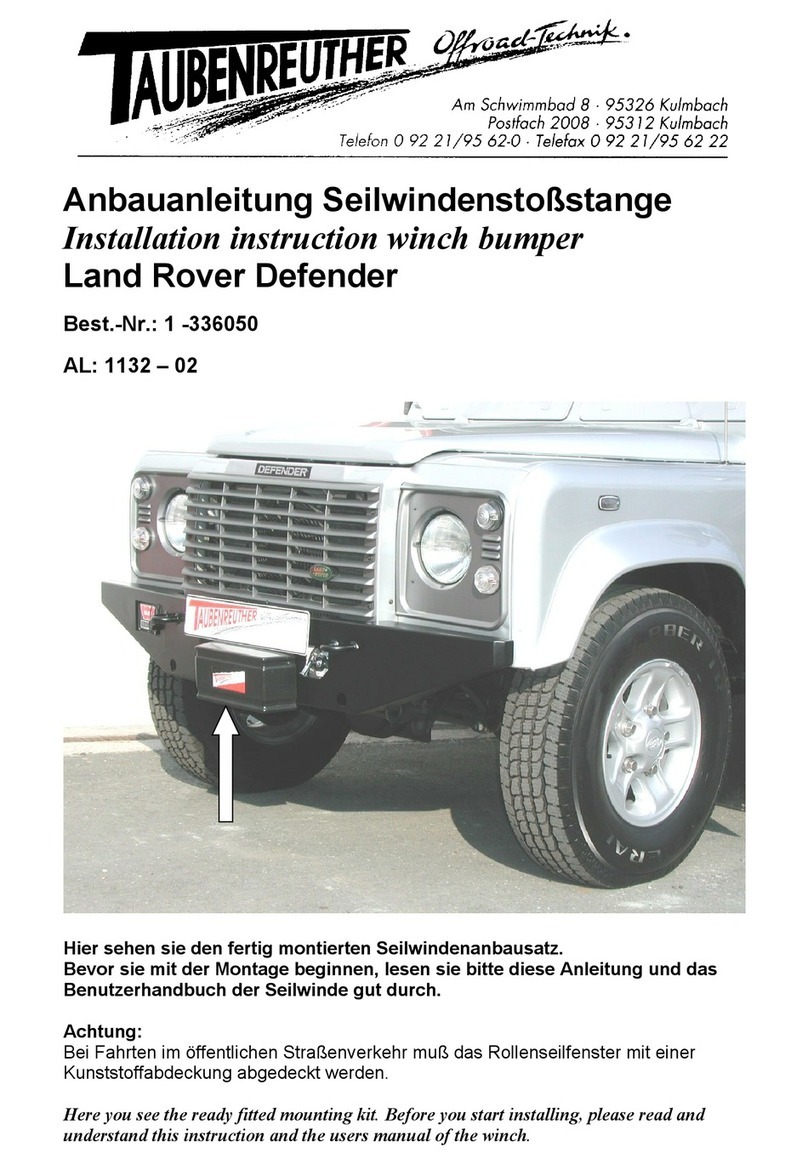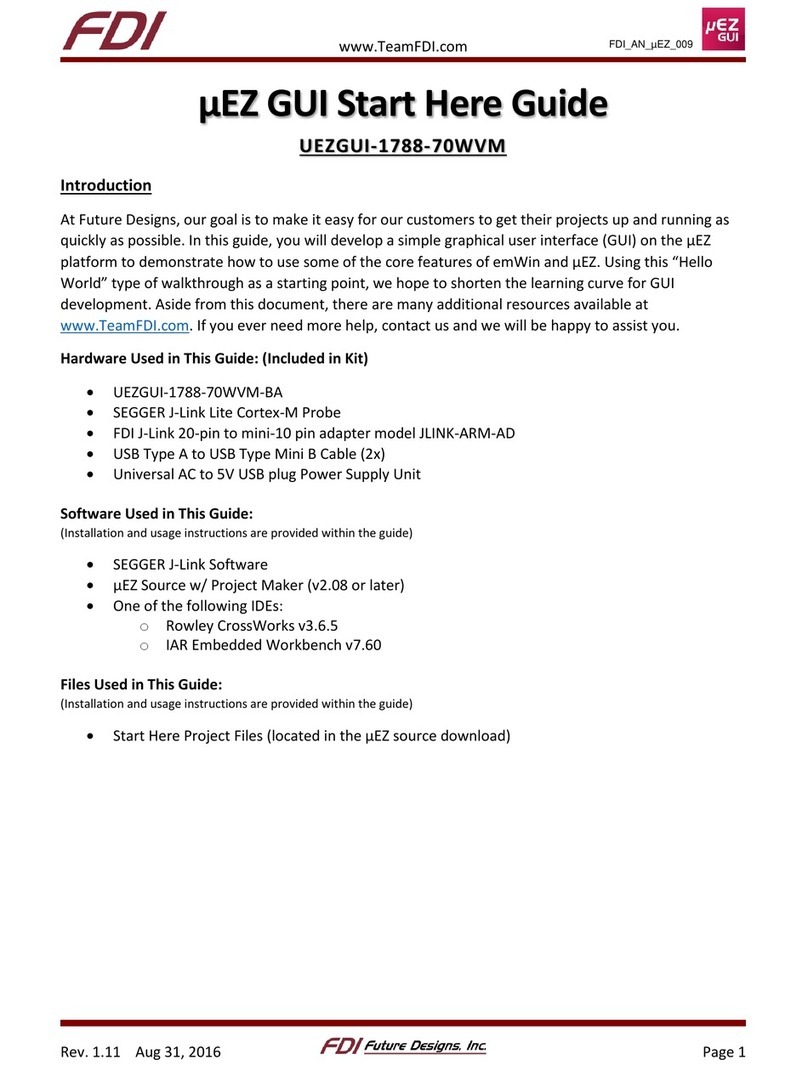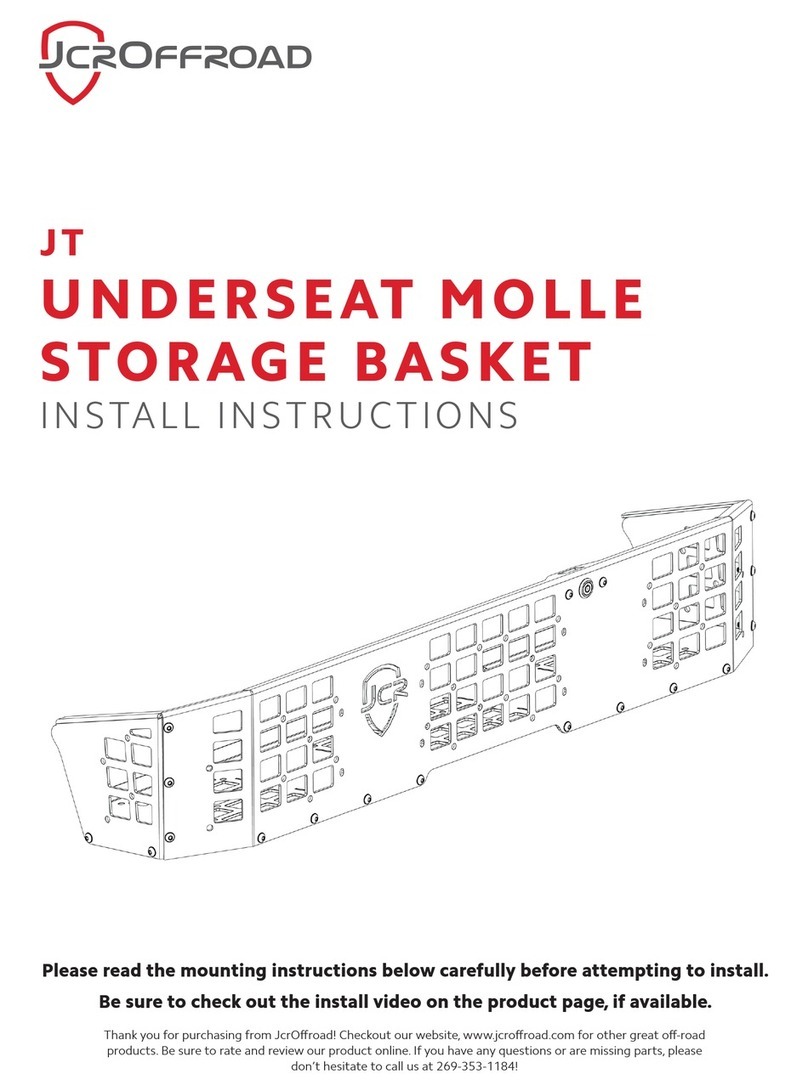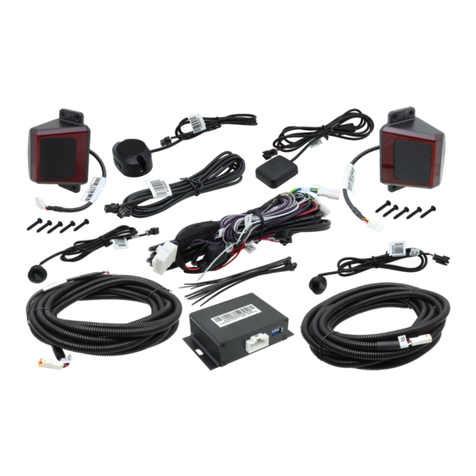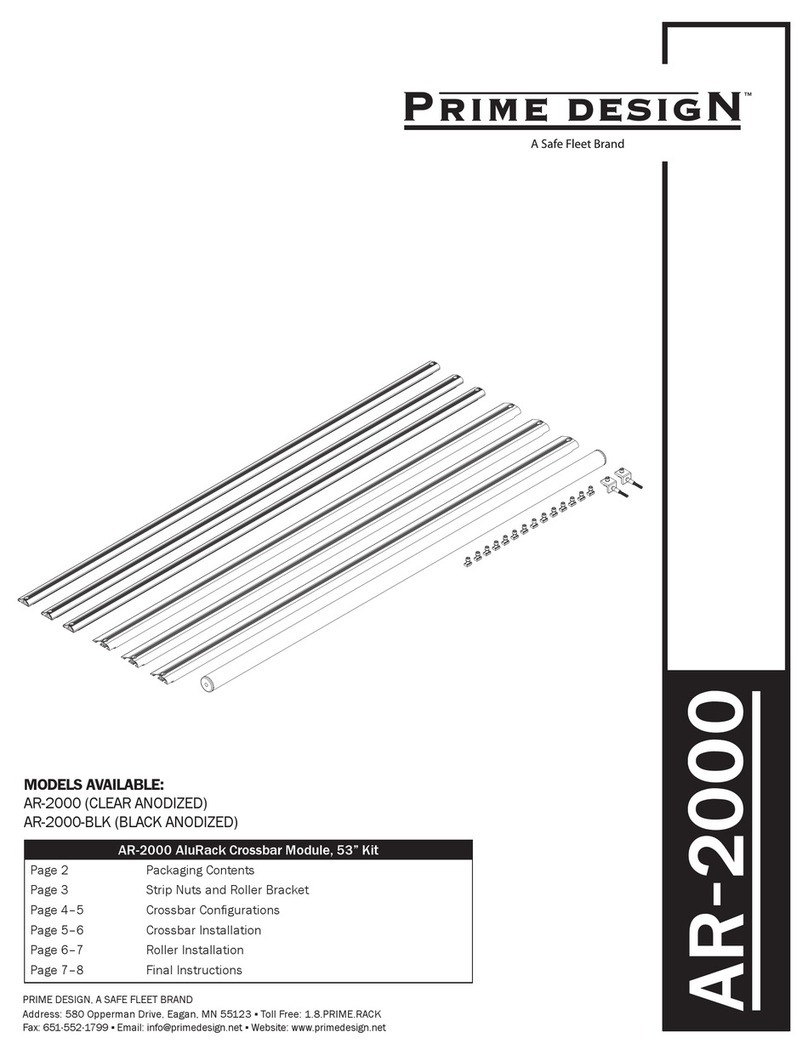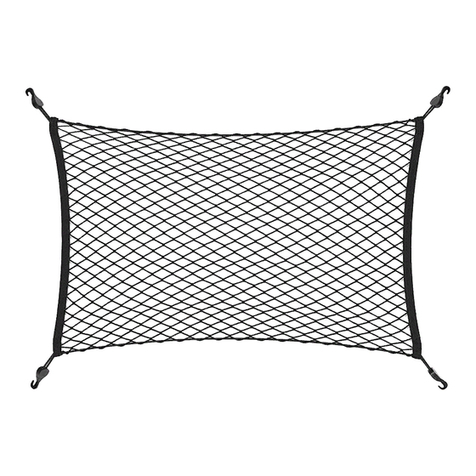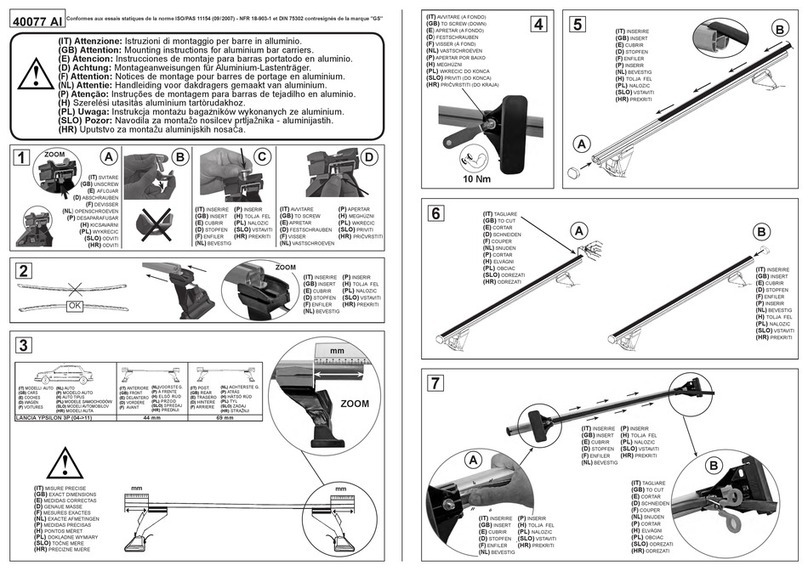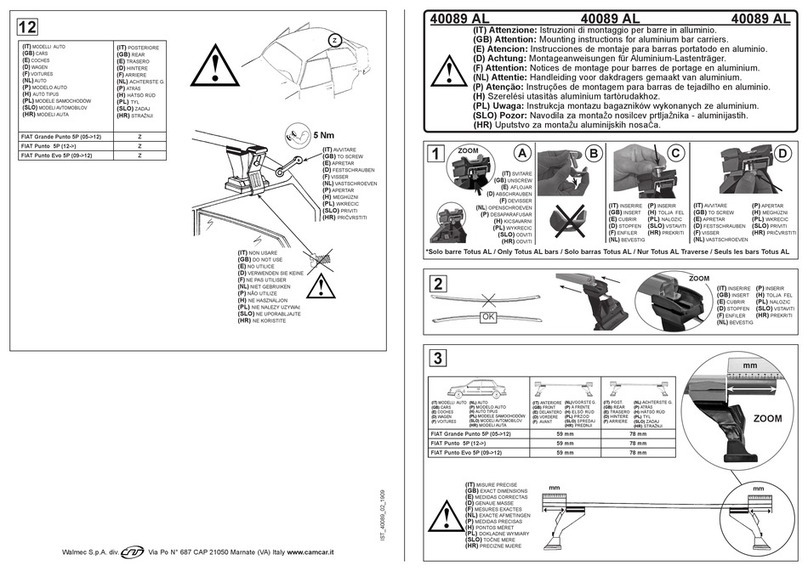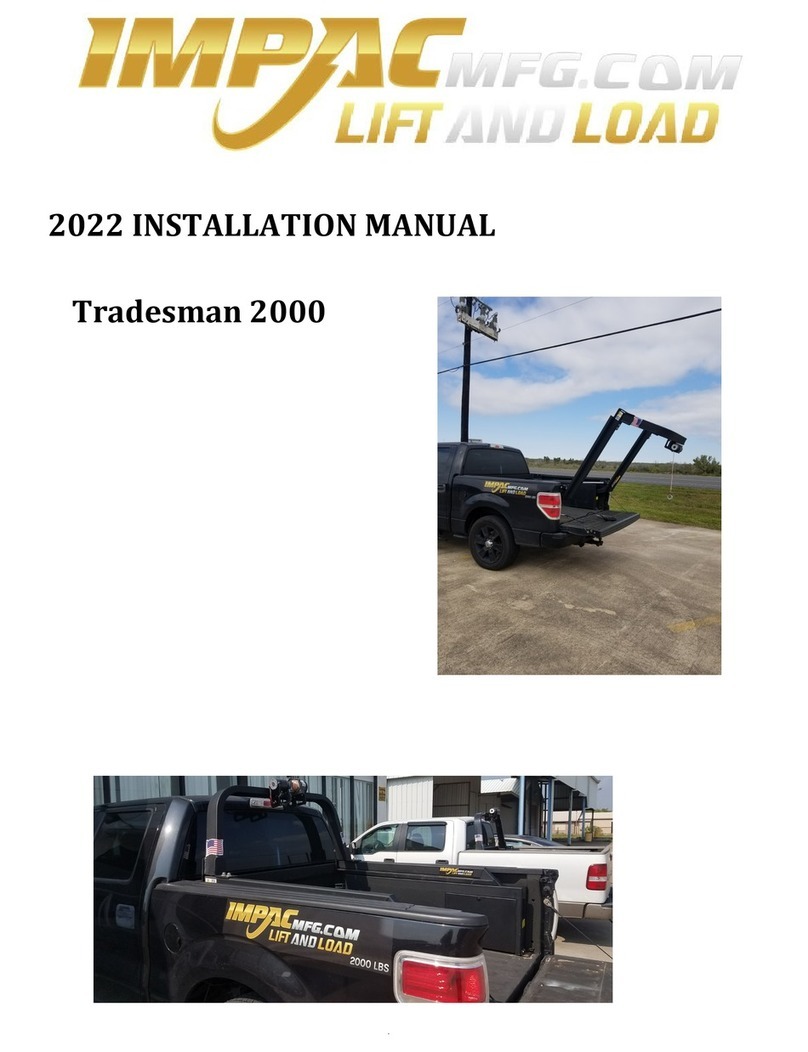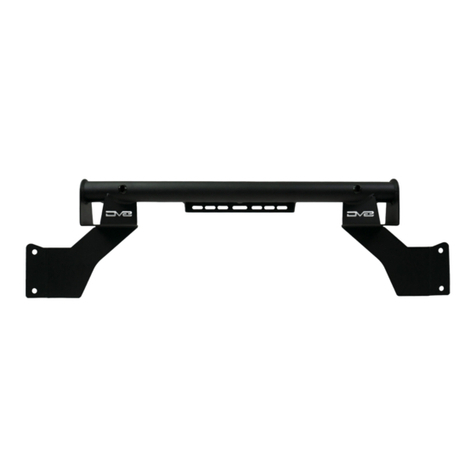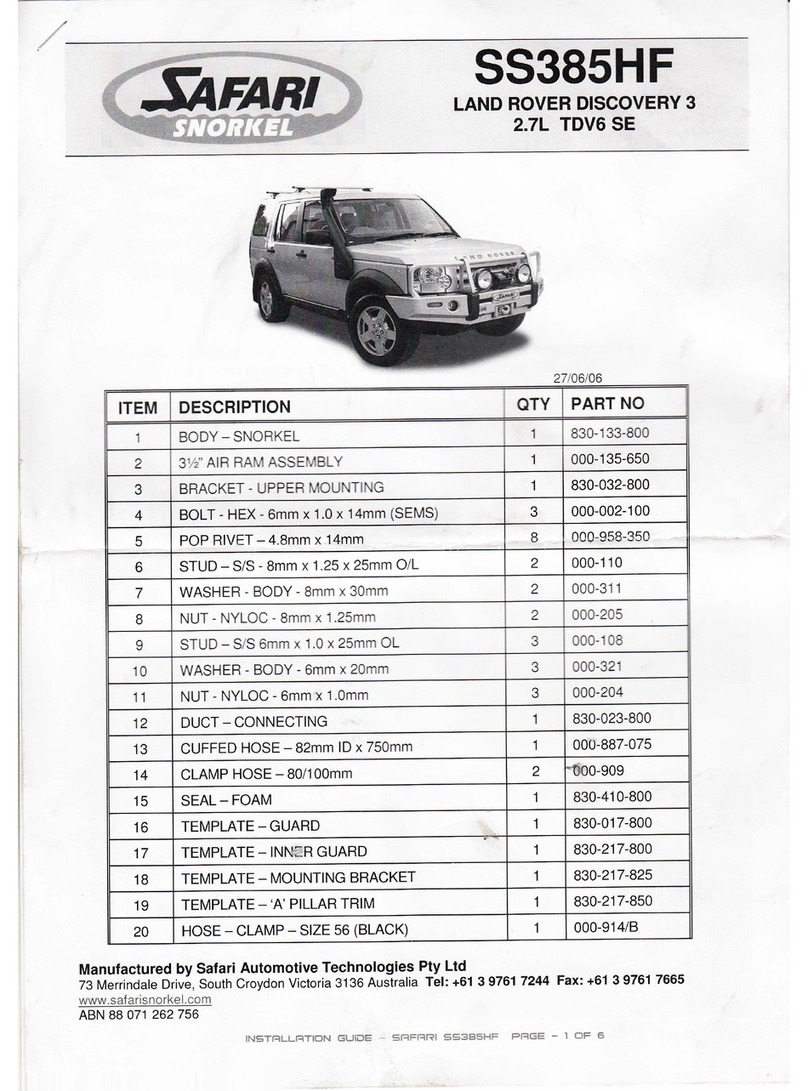
!
Hydraulic Hoses and Fluid Transmission Lines
• Avoid short runs of straight line tubing. Straight line
runsdonotprovidefor expansionand contractiondue
topressureand/or temperature changes.
• Reduce stress in tube lines. Long tubing runs should
be supported by brackets or clips. Before operating
the pump, all hose connections must be tightened
withthepropertools.Donotovertighten. Connections
should only be tightened securely and leak-free.
Overtighteningcan cause prematurethread failure or
high pressure fittings to burst.
• Should a hydraulic hose ever rupture, burst or need
to be disconnected, immediately shut off the pump
and release all pressure. Never attempt to grasp a
leaking pressurized hose with your hands. The
force of escaping hydraulic fluid can inflict injury.
•Do not subject the hose to potential hazard such
as fire, sharp objects, extreme heat or cold, or
heavyimpact.
•Do not allow the hose to kink, twist, curl, crush, cut
orbendso tightly that the fluidflowwithin the hose is
blockedorreduced. Periodically inspectthehose for
wear, because any of these conditions can damage
the hose and possibly result in personal injury.
•Donotpull,positionormovesetupby thehose. Doing
socandamagethehose andpossibly causepersonal
injury.
•Hosematerialand couplersealsmust be compatible
with hydraulic fluid used. Hoses also must not come
in contact with corrosive materials such as battery
acid, creosote-impregnated objects and wet paint.
Hosedeteriorationduetocorrosivematerialcanresult
inpersonalinjury. Never paint a coupler or hose.
•Theuser mustbe aqualified operatorfamiliar withthe
correctoperation,maintenance,anduseoframs.Lack
ofknowledgeinanyoftheseareascanleadtopersonal
injury.
•Useonly approvedaccessories andapproved
hydraulicfluid.
•Do not exceed the rated capacity of the ram.
•Inspect each ram and coupler before each use to
preventunsafeconditionsfromdeveloping.
•Do not use rams if they are damaged, altered or in
poorcondition.
•Do not use rams with bent or damaged coupler or
damagedthreads.
•Under certain conditions, the use of an extension
with a hydraulic ram may not be advisable and
couldpresenta dangerous condition.
•Avoid pinch points or crush points that can be
created by the load or parts of ram.
•To help prevent material fatigue if the ram is to
be used in a continuous application, the load
should not exceed 85% of the rated capacity.
•Ram must be on a stable base, which is able to
support the load while pushing or lifting.
•Ensure ram is fully engaged into/onto adapters,
extension accessories.
•Tohelpprevent personal injury,useshims, friction
materialorconstraints to preventslippageof the
base or load.
•Do not off-center loads on a ram. The load can tip or
the ram can "kick out" and cause personal injury.
•As the load is lifted, use blocking and cribbing to
guardagainst a fallingload.
•Neverallow personnel towork on, underor around a
loadbeforeit is properlysupportedby appropriate
mechanicalmeans.Never rely onhydraulic
pressurealone to supportload.
•Allpersonnelmust be clear beforelowering.
•Never try to disassemble a hydraulic cylinder, Refer
repairsto qualified,authorizedpersonnel.
IMPORTANT
•Keep ram clean at all times.
•When the ram is not is use, keep the piston(s) fully
retracted.
•Use an approved, high-grade pipe thread sealant to
sealallhydraulicconnections.Teflon tapecanbe used
if only one layer of tape is used and it is applied
carefully (two threads back) to prevent the tape from
beingintroducedintohydraulicsystem.Apiece oftape
couldtravel through thesystem and obstructthe flow
offluid and adverselyaffect function.
•Never attach ANYcomponentnotauthorized by
manufacturer.
•Neveruse otherthan factoryprovided and/or
authorizedfasteners.
KNOW YOUR SYSTEM
Yourram,hose(s),couplingsand pumpallmustberated
for the same maximum operating pressure, correctly
_connectedandcompatiblewiththehydraulicfluid used.
An improperly matched system can cause the system
to fail and possibly cause serious injury. If you are in
doubt, consult your nearest Porto-Power Blackhawk
AutomotiveDealer.
Center loads on ram
5
!WARNING !WARNING
